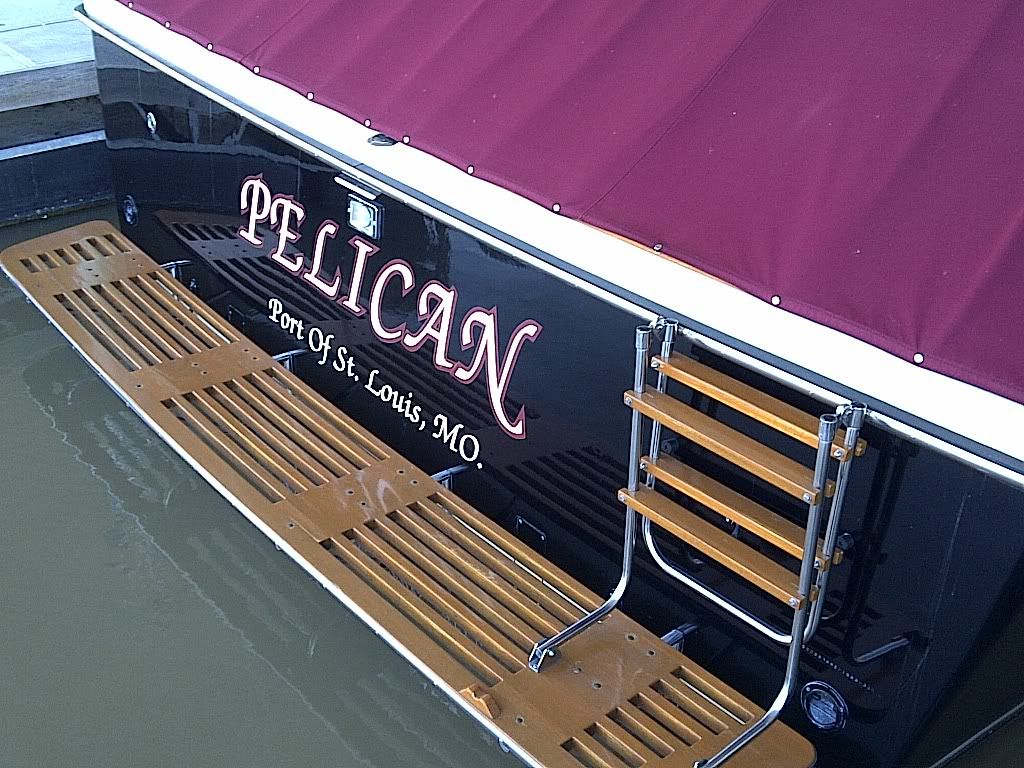Give it a good cleaning (strip first if needed), then a bit of a sanding.
Depending on how weathered or rough it is it might take just a light sanding, or a bit more effort. When I restore my platform I used a 9" random orbital sander with 120 grit. If yours is a mess you might start with something more coarse to get the worst off, then go 120 or 150 to smooth it out.
I actually took mine apart and took it home in pieces so I could sand and properly Cetol all sides ... for you, getting into those slots is going to be the painful part (use a small piece of 1x2 as a sanding block with 120 grit on it).
First coat will sink in a lot, as the wood sucks it up. Second coat will start to seal and sit on the surface in spots, while still absorbing in others. Third coat will pretty much sit on top and seal. Fourth coat is a solid seal. Go for 5 if you wanna really hedge your bets. Best of all - no sanding between coats. Just wipe down to remove any dust or dirt that may be sitting there, and splash the next coat on.
4 coats Cetol will probably look good for 3-4 years before you need a maintenance coat. Quick hand sanding or really quick pass with fine 150+ grit paper on a random orbital finishing sander, then splash it on (after removing dust, of course).
I first did mine about 10-12 years ago. I think I have applied 1 or 2 mtce coats twice since then, about 4 years apart. What you see in the pic is 2 or 3 years old. I am in fresh water (Lake Ontario) vs salt, but climate and sun are probably pretty similar between where you and I are.
The regular Cetol (with pigment) helps hide blemishes and colour differences in the wood. The pigment in it makes everything a uniform colour. Some people think it looks orange-ish and don't like it for that reason. I don't have a problem with it, and lots of people stop me to ask what I used, so it can't be that bad!
Cetol Light (without the pigment) lets more of the original wood colour and grain show through. With it you end up with a lighter colour result, but any inconsistent sanding or prep, or staining in the wood that you don't get out in your prep, will show through.
Here are links to my 'wood finishes' gallery:
Wood Finish examples (part 1)
https://www.trojanboats.net/wforum/view ... f=1&t=3206
Wood Finish examples (part 2)
https://www.trojanboats.net/wforum/view ... =1&t=12738
The pulpit picture gives you better idea of Cetol light colouring and how grain etc shows through. This is Gloss - which is colourless and just adds shine - over Cetol Light, applied to teak. You DON'T want Gloss on your platform... too slippery.
The speaker and VHF box on the bridge are regular Cetol over oak, while the drink holder and board the VHF box is attached to (and holds my stereo) is regular Cetol over teak. You will notice that the regular Cetol 'hides' the natural differences between the teak and oak - that's an example of how it can hide blemishes.
Regardless of what you choose - good luck, and glad that you know you need to find something that is not slippery when wet!





 ,
,

